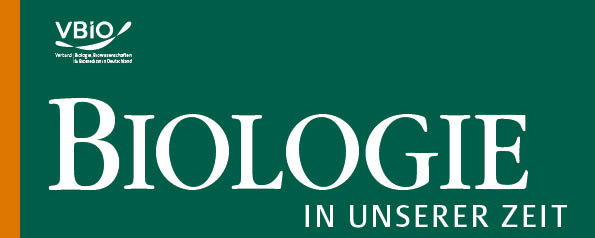Via birds, wind and rope team
The dispersal of the hemiparasite mistletoe (Viscum album)
DOI:
https://doi.org/10.11576/biuz-5722Keywords:
Mistel, Wirtsbäume, Frugivorie, Samenverbreitung, Viscin- FädenAbstract
Mistletoe grows on the twigs and branches of deciduous and coniferous trees. Typical deciduous hosts in central Europe are apple and poplar trees. The colonisation of a host tree is an interactive process between the innate characteristics of the host tree and the parasite with its vectors, in this case berry-eating (frugivore) birds (zoochory). The mistletoe is placed by birds on a suitable branch within the crown of a tree thus enabling a successful germination and growth. In turn, thrushes dispersing mistletoe seeds profit from the berry food in a safe lookout chosen by them. However, mistletoe also disperse by „dripping down“ from infested/parasitized trees. When the ripe berries of the mistletoe open, the mesocarp releases the seeds coated with cellulose and viscin. The latter is a natural substance that is very sticky and forms 15 to 20 cm long threads to which the seeds stick. During winter, these mistletoe threads dangle from the mistletoe bushes and either drop down onto lower branches or are dispersed by the wind. In some regions, this thread-wind-dispersal apparently contributes to the effective spreading of mistletoe within their hosts and their neighbouring trees. Thus, mistletoe threads enable a form of dispersal independent of birds.

Downloads
Published
How to Cite
Issue
Section
License
Copyright (c) 2022 Stefan Bosch, Peter Lurz

This work is licensed under a Creative Commons Attribution-ShareAlike 4.0 International License.

